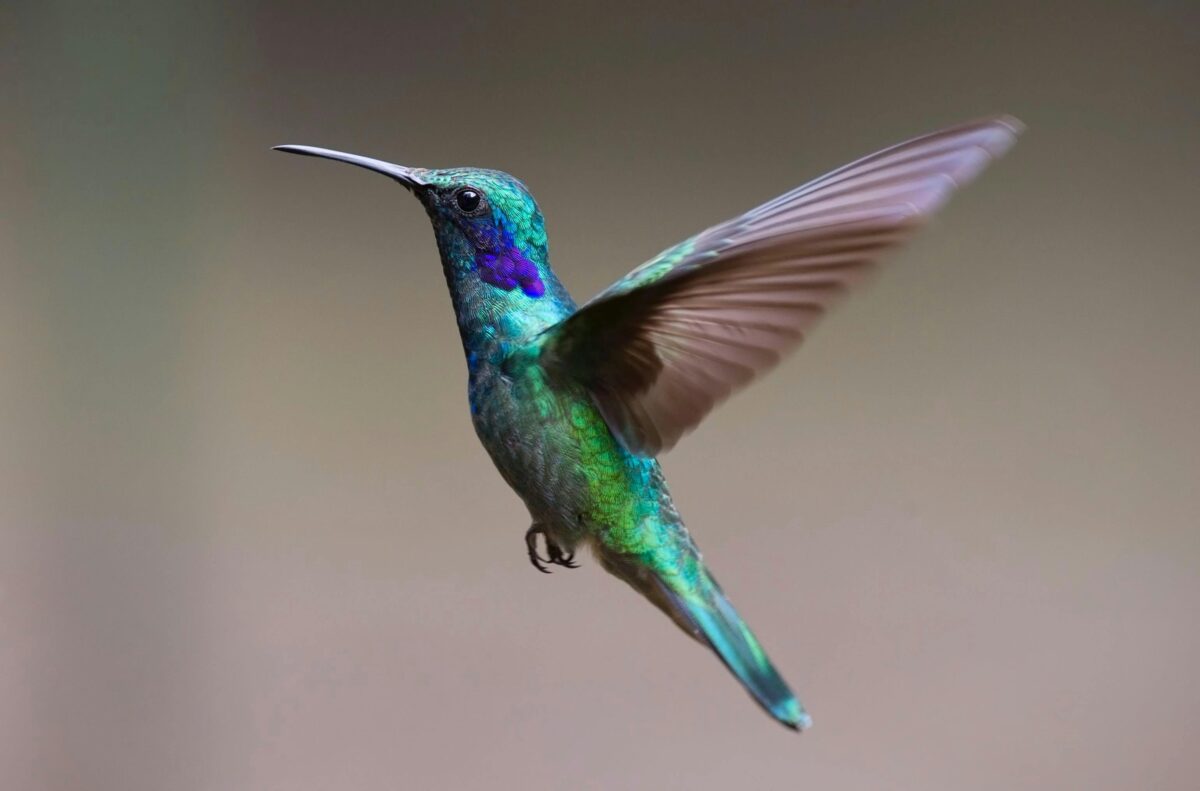Hummingbirds are remarkable creatures, known for their vibrant colors and incredible flying abilities. As winter approaches, these tiny birds embark on an extraordinary journey, migrating thousands of miles to warmer climates. Understanding where hummingbirds fly for the winter is essential for bird enthusiasts and backyard birders alike. This article delves into the migration patterns of hummingbirds, highlighting the routes they take, the challenges they face, and how we can support them during this critical time.
Migrating is crucial for hummingbirds to survive the winter months. As temperatures drop, food sources become scarce. Hummingbirds primarily feed on nectar from flowers and small insects, both of which are less available in colder climates. Migration allows them to find more abundant food supplies and suitable habitats, ensuring their survival until spring when they can return to their breeding grounds.
The migration of hummingbirds typically occurs in late summer and early fall. For Ruby-throated Hummingbirds, this journey often begins around mid to late August and can last until early October. Timing can vary based on factors such as weather conditions and food availability. In spring, the return migration generally starts in late February to early April, as the birds return to their breeding territories.
Major Hummingbird Migration Routes
Hummingbirds follow specific migration routes that are essential for their survival. The major routes include:
- Gulf of Mexico Crossing: Many eastern hummingbirds, particularly the Ruby-throated, make a perilous crossing over the Gulf of Mexico. This journey can span up to 500 miles without a stop, making it one of the most challenging parts of their migration.
- Western Flyway: The Rufous Hummingbird takes a different path, migrating along the Pacific Coast. This route allows them to take advantage of the flowering plants that bloom along the way.
- Central American Corridor: Hummingbirds migrating from the western U.S. often head to Central America, where they find a rich diversity of flora to sustain them during the winter months.
The distance traveled by hummingbirds during migration can be astonishing. The Ruby-throated Hummingbird, for example, covers about 3,000 miles round trip from its breeding grounds in North America to its wintering spots in Central America. The Rufous Hummingbird can migrate over 4,000 miles, traveling from Alaska to central Mexico. These long distances underscore the endurance and resilience of these small birds.
Notable Hummingbird Species and Their Winter Destinations
Several species of hummingbirds have distinct migration patterns:
- Ruby-throated Hummingbird: As previously mentioned, this species migrates from eastern North America to Mexico and Central America.
- Rufous Hummingbird: Known for its long migration, the Rufous travels from Alaska to Mexico, often making its way through the western United States.
- Black-chinned Hummingbird: This species migrates from the southwestern U.S. to Mexico, primarily wintering in the central regions of the country.
Each species adapts its migration strategy based on environmental factors and available resources.
The journey of migration is fraught with challenges, but hummingbirds have developed several strategies to survive:
- Fat Reserves: Before migration, hummingbirds increase their body weight by up to 40% by consuming large amounts of nectar and insects. This fat serves as fuel for their long flights.
- Navigation Skills: Hummingbirds possess excellent navigation abilities, using landmarks, the position of the sun, and even the Earth’s magnetic field to guide their paths.
- Rest Stops: During migration, hummingbirds will stop to refuel at various locations. They seek out areas rich in flowering plants to replenish their energy.
How to Support Migrating Hummingbirds
Bird enthusiasts can play a vital role in supporting hummingbirds during their migration:
- Provide Feeders: Set up hummingbird feeders filled with a sugar-water solution (1 part sugar to 4 parts water) before migration begins. This gives migrating birds a reliable food source.
- Use Native Plants: Plant native flowering plants that attract hummingbirds. These plants provide natural nectar sources and help sustain them during their journey.
- Reduce Pesticide Use: Minimizing pesticide application in your garden helps protect the insects that hummingbirds rely on for protein.
By taking these steps, you can create a welcoming environment that supports these remarkable birds during their arduous migration.
Real-World Examples of Migration Patterns
Understanding migration patterns can be enriched by examining real-world examples:
- Ruby-throated Hummingbird Case Study: Research has shown that Ruby-throated Hummingbirds leave their breeding grounds in North America as early as mid-August. Many have been tracked using banding techniques, revealing their incredible journey across the Gulf of Mexico. These studies indicate that the birds prefer to migrate during the early morning hours when winds are calmer.
- Rufous Hummingbird Observations: The Rufous Hummingbird’s migration has been documented extensively along the Pacific coast. Observations show that these birds often stop at specific locations, such as gardens and parks, where food sources are abundant. This behavior highlights the importance of planting native flora along migration routes.
How Hummingbirds Prepare for Migration
Preparation for migration begins weeks in advance. Hummingbirds engage in several behaviors to ensure they are ready for the journey:
- Increased Feeding: In late summer, hummingbirds will feed more frequently to build fat reserves. They often visit multiple feeders and flowers to maximize their intake.
- Territorial Behavior: Male hummingbirds may become more aggressive in defending their feeding territories, ensuring they have access to the best food sources before migration.
- Social Interactions: As migration approaches, hummingbirds may gather in groups, which can provide safety in numbers during their journey.
These preparations are crucial for the success of their migration, allowing them to travel long distances efficiently.
